A Clockwork Rover For Venus

A Clockwork Rover for Venus
A good watch can take a beating and keep on ticking. With the right parts, can a rover do the same on a planet like Venus?
A concept inspired by clockwork computers and World War I tanks could one day help us find out. The design is being explored at NASA’s Jet Propulsion Laboratory in Pasadena, California.
The Automaton Rover for Extreme Environments (AREE) is funded for study by the NASA Innovative Advanced Concepts program. The program offers small grants to develop early stage technology, allowing engineers to work out their ideas.
AREE was first proposed in 2015 by Jonathan Sauder, a mechatronics engineer at JPL. He was inspired by mechanical computers, which use levers and gears to make calculations rather than electronics.
By avoiding electronics, a rover might be able to better explore Venus. The planet’s hellish atmosphere creates pressures that would crush most submarines. Its average surface temperature is 864 degrees Fahrenheit (462 degrees Celsius), high enough to melt lead.
Steampunk computing
Mechanical computers have been used throughout history, most often as mathematical tools like adding machines. The most famous might be Charles Babbage’s Difference Engine, a 19th century invention for calculating algebraic equations. The oldest known is the Antikythera mechanism, a device used by ancient Greeks to predict astronomical phenomena like eclipses.
Mechanical computers were also developed as works of art. For hundreds of years, clockwork mechanisms were used to create automatons for wealthy patrons. In the 1770s, a Swiss watchmaker named Pierre Jaquet-Droz created “The Writer,” an automaton that could be programmed to write any combination of letters.
Sauder said these analog technologies could help where electronics typically fail. In extreme environments like the surface of Venus, most electronics will melt in high temperatures or be corroded by sulfuric acid in the atmosphere.
“Venus is too inhospitable for kind of complex control systems you have on a Mars rover,” Sauder said. “But with a fully mechanical rover, you might be able to survive as long as a year.”
Wind turbines in the center of the rover would power these computers, allowing it to flip upside down and keep running. But the planet’s environment would offer plenty of challenges.
The extreme planet
No spacecraft has survived the Venusian surface for more than a couple hours.
Venus’ last visitors were the Soviet Venera and Vega landers. In the 1970s and 1980s, they sent back a handful of images that revealed a craggy, gas-choked world.
“When you think of something as extreme as Venus, you want to think really out there,” said Evan Hilgemann, a JPL engineer working on high temperature designs for AREE. “It’s an environment we don’t know much about beyond what we’ve seen in Soviet-era images.”
Sauder and Hilgemann are preparing to bake mechanical prototypes, allowing them to study how thermal expansion could affect their moving parts. Some components of the Soviet landers had actually been designed with this heat expansion in mind: their parts wouldn’t work properly until they were heated to Venusian temperatures.
Tank treads for Venus
AREE includes a number of other innovative design choices.
Mobility is one challenge, considering there are so many unknowns about the Venusian surface. Sauder’s original idea was inspired by the “Strandbeests” created by Dutch artist Theo Jansen. These spider-like structures have spindly legs that can carry their bulk across beaches, powered solely by wind.
Ultimately, they seemed too unstable for rocky terrain. Sauder started looking at World War I tank treads as an alternative. These were built to roll over trenches and craters.
Another problem will be communications. Without electronics, how would you transmit science data? Current plans are inspired by another age-old technology: Morse code.
An orbiting spacecraft could ping the rover using radar. The rover would have a radar target, which if shaped correctly, would act like “stealth technology in reverse,” Sauder said. Stealth planes have special shapes that disperse radar signals; Sauder is exploring how to shape these targets to brightly reflect signals instead. Adding a rotating shutter in front of the radar target would allow the rover to turn the bright, reflected spot on and off, communicating much like signal lamps on Navy ships.
Now in its second phase of NIAC development, the JPL team is selecting parts of the AREE concept to be refined and prototyped. Team members hope to flesh out a rover concept that will eventually be able to study the geology of Venus and perhaps drill a few samples.
More Posts from Venusearthpassage and Others
Ten Interesting facts about Venus
As one of the brightest objects in the sky, Venus has been a major fixture in human culture for as long as records have existed. It has been made sacred to gods of many cultures, and has been a prime inspiration for writers and poets as the “morning star” and “evening star”. Venus was the first planet to have its motions plotted across the sky, as early as the second millennium BC.
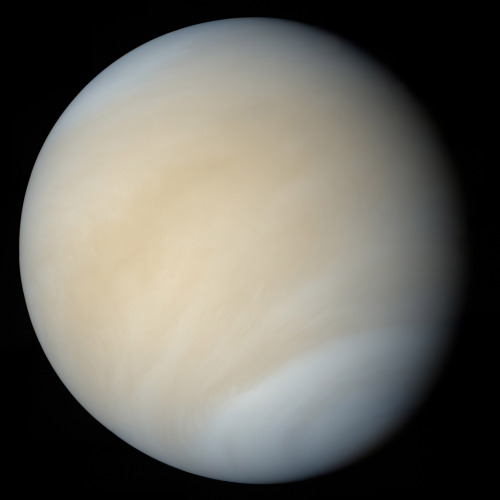
Venus is the second planet from the Sun, orbiting it every 224.7 Earth days. It has the longest rotation period (243 days) of any planet in the Solar System and rotates in the opposite direction to most other planets.

It does not have any natural satellites. It is named after the Roman goddess of love and beauty.
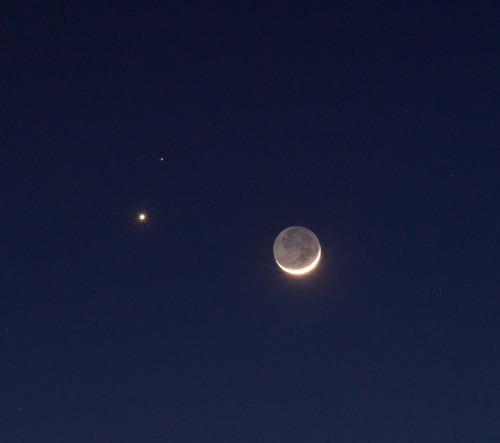
It is the second-brightest natural object in the night sky after the Moon, reaching an apparent magnitude of −4.6 – bright enough to cast shadows at night and, rarely, visible to the naked eye in broad daylight.

Venus is a terrestrial planet and is sometimes called Earth’s “sister planet” because of their similar size, mass, proximity to the Sun, and bulk composition.

It is radically different from Earth in other respects. It has the densest atmosphere of the four terrestrial planets, consisting of more than 96% carbon dioxide. The atmospheric pressure at the planet’s surface is 92 times that of Earth, or roughly the pressure found 900 m (3,000 ft) underwater on Earth. Venus is by far the hottest planet in the Solar System, with a mean surface temperature of 735 K (462 °C; 863 °F), even though Mercury is closer to the Sun.

As the closest planet to Earth, Venus has been a prime target for early interplanetary exploration. It was the first planet beyond Earth visited by a spacecraft (Mariner 2 in 1962), and the first to be successfully landed on (by Venera 7 in 1970). Venus’s thick clouds render observation of its surface impossible in visible light, and the first detailed maps did not emerge until the arrival of the Magellan orbiter in 1991. Plans have been proposed for rovers or more complex missions, but they are hindered by Venus’s hostile surface conditions.

Much of the Venusian surface appears to have been shaped by volcanic activity. Venus has several times as many volcanoes as Earth, and it has 167 large volcanoes that are over 100 km (62 mi) across. The only volcanic complex of this size on Earth is the Big Island of Hawaii. This is not because Venus is more volcanically active than Earth, but because its crust is older. Earth’s oceanic crust is continually recycled by subduction at the boundaries of tectonic plates, and has an average age of about 100 million years, whereas the Venusian surface is estimated to be 300–600 million years old.

As it orbits the Sun, Venus displays phases like those of the Moon in a telescopic view. The planet appears as a small and “full” disc when it is on the opposite side of the Sun (at superior conjunction). Venus shows a larger disc and “quarter phase” at its maximum elongations from the Sun, and appears its brightest in the night sky. The planet presents a much larger thin “crescent” in telescopic views as it passes along the near side between Earth and the Sun. Venus displays its largest size and “new phase” when it is between Earth and the Sun (at inferior conjunction). Its atmosphere is visible through telescopes by the halo of sunlight refracted around it.

The Venusian orbit is slightly inclined relative to Earth’s orbit; thus, when the planet passes between Earth and the Sun, it usually does not cross the face of the Sun. Transits of Venus occur when the planet’s inferior conjunction coincides with its presence in the plane of Earth’s orbit. Transits of Venus occur in cycles of 243 years with the current pattern of transits being pairs of transits separated by eight years, at intervals of about 105.5 years or 121.5 years—a pattern first discovered in 1639 by the English astronomer Jeremiah Horrocks.

In 1967, Venera 4 found Venus’s magnetic field to be much weaker than that of Earth. This magnetic field is induced by an interaction between the ionosphere and the solar wind, rather than by an internal dynamo as in the Earth’s core. Venus’s small induced magnetosphere provides negligible protection to the atmosphere against cosmic radiation.
source
images: Mattias Malmer/NASA/JPL, Peter Barvoets, Soviet Planetary Exploration Program, NSSDC, Marc Lecleire, ESA, C. Carreau,




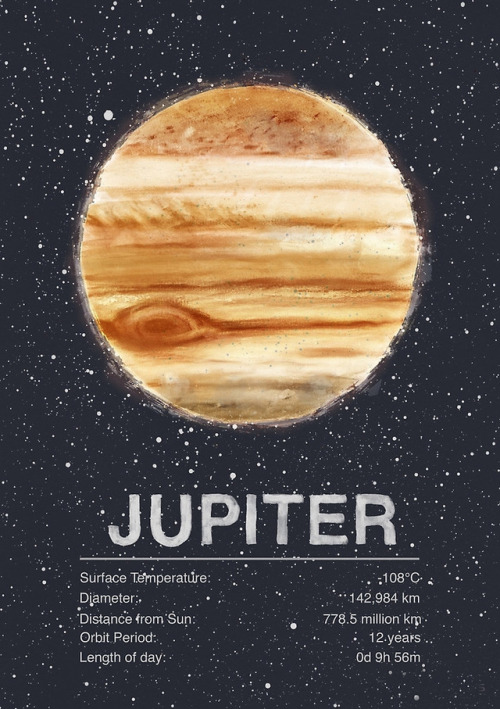



Our Amazing Solar System!

Venus, viewed through violet and near-infrared filters.
Can u post pics of earth 🌍

The Blue Marble—Earth as seen by Apollo 17 in 1972
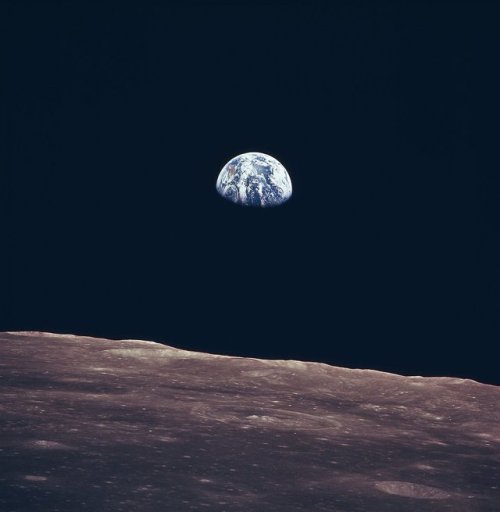
This incredible image of the Earth rise was taken during lunar orbit by the Apollo 11 mission crew in July of 1969. The first manned lunar mission, Apollo 11 launched aboard a Saturn V launch vehicle from the Kennedy Space Center, Florida on July 16, 1969 and safely returned to Earth on July 24, 1969.

This image taken by an astronaut aboard Space Shuttle mission STS-103 shows a panoramic view of Earth at moonrise.

In this rare image taken on July 19, 2013, the wide-angle camera on NASA’s Cassini spacecraft has captured Saturn’s rings and our planet Earth and its moon in the same frame.
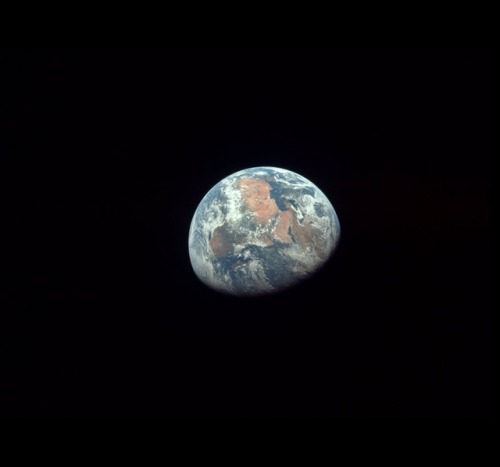
Earth as seen by Apollo 11 astronauts at the beginning of the third day of TLC

A view of the Apollo 11 lunar module “Eagle” as it returned from the surface of the moon to dock with the command module “Columbia”. A smooth mare area is visible on the Moon below and a half-illuminated Earth hangs over the horizon. The lunar module ascent stage was about 4 meters across. Command module pilot Michael Collins took this picture just before docking at 21:34:00 UT (5:34 p.m. EDT) 21 July 1969.

This panorama featuring Earth’s horizon and clouds over the South Pacific Ocean, complemented with a “tiny” distant moon (upper right), was photographed by one of the Expedition 36 crew members aboard the International Space Station.

The Sun from the Internation Space Station

images: NASA/JPL
To see more images and posts about the Earth click here.
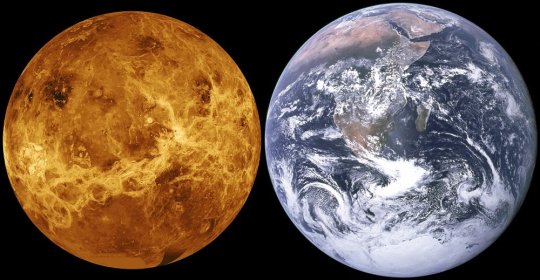
Information on the lack of a Venusian magnetosphere
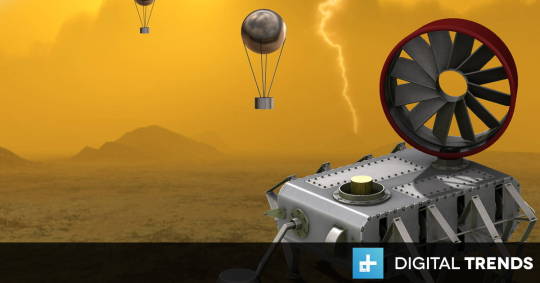
NASA is developing a rover for Venus that could survive the planet’s tumultuous atmosphere.

A view of the Apollo 11 lunar module “Eagle” as it returned from the surface of the Moon to dock with the command module “Columbia”. A smooth mare area is visible on the Moon below and a half-illuminated Earth hangs over the horizon. The lunar module ascent stage was about 4 meters across. Command module pilot Michael Collins took this picture just before docking at 21:34:00 UT (5:34 p.m. EDT) 21 July 1969. (Apollo 11, AS11-44-6642)
Credit: Apollo 11, NASA
Ten interesting facts about Mars
The ancient Sumerians believed that Mars was Nergal, the god of war and plague. During Sumerian times, Nergal was a minor deity of little significance, but, during later times, his main cult center was the city of Nineveh. In Mesopotamian texts, Mars is referred to as the “star of judgement of the fate of the dead”. The existence of Mars as a wandering object in the night sky was recorded by the ancient Egyptian astronomers and, by 1534 BCE, they were familiar with the retrograde motion of the planet. By the period of the Neo-Babylonian Empire, the Babylonian astronomers were making regular records of the positions of the planets and systematic observations of their behavior. For Mars, they knew that the planet made 37 synodic periods, or 42 circuits of the zodiac, every 79 years. They invented arithmetic methods for making minor corrections to the predicted positions of the planets.

Mars is the fourth planet from the Sun and the second-smallest planet in the Solar System after Mercury.

The bright rust color Mars is known for is due to iron-rich minerals in its regolith — the loose dust and rock covering its surface. The soil of Earth is a kind of regolith, albeit one loaded with organic content. According to NASA, the iron minerals oxidize, or rust, causing the soil to look red.

The rotational period and seasonal cycles of Mars are likewise similar to those of Earth, as is the tilt that produces the seasons. Mars is the site of Olympus Mons, the largest volcano and second-highest known mountain in the Solar System, and of Valles Marineris, one of the largest canyons in the Solar System.
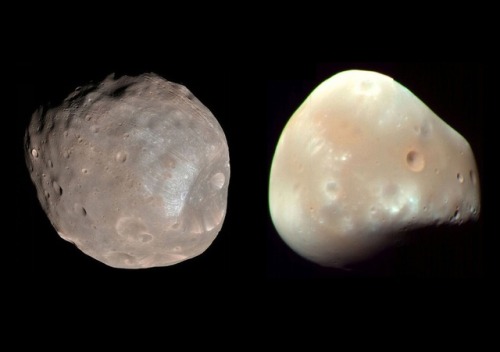
Mars has two moons, Phobos and Deimos, which are small and irregularly shaped. These may be captured asteroids, similar to 5261 Eureka, a Mars trojan.
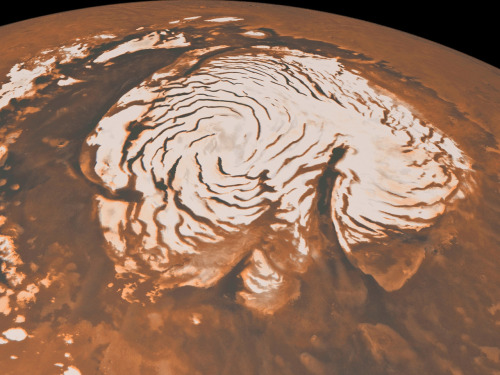
There are ongoing investigations assessing the past habitability potential of Mars, as well as the possibility of extant life. Future astrobiology missions are planned, including the Mars 2020 and ExoMars rovers. Liquid water cannot exist on the surface of Mars due to low atmospheric pressure, which is less than 1% of the Earth’s, except at the lowest elevations for short periods. The two polar ice caps appear to be made largely of water. The volume of water ice in the south polar ice cap, if melted, would be sufficient to cover the entire planetary surface to a depth of 11 meters (36 ft). In November 2016, NASA reported finding a large amount of underground ice in the Utopia Planitia region of Mars. The volume of water detected has been estimated to be equivalent to the volume of water in Lake Superior.
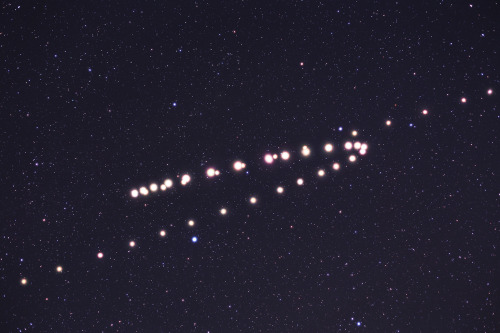
Mars can easily be seen from Earth with the naked eye, as can its reddish coloring. Its apparent magnitude reaches −2.91, which is surpassed only by Jupiter, Venus, the Moon, and the Sun. Optical ground-based telescopes are typically limited to resolving features about 300 kilometers (190 mi) across when Earth and Mars are closest because of Earth’s atmosphere.

Like Earth, Mars has differentiated into a dense metallic core overlaid by less dense materials. Current models of its interior imply a core with a radius of about 1,794 ± 65 kilometers (1,115 ± 40 mi), consisting primarily of iron and nickel with about 16–17% sulfur. This iron(II) sulfide core is thought to be twice as rich in lighter elements as Earth’s. The core is surrounded by a silicate mantle that formed many of the tectonic and volcanic features on the planet, but it appears to be dormant. Besides silicon and oxygen, the most abundant elements in the Martian crust are iron, magnesium, aluminum, calcium, and potassium. The average thickness of the planet’s crust is about 50 km (31 mi), with a maximum thickness of 125 km (78 mi). Earth’s crust averages 40 km (25 mi).

Mars lost its magnetosphere 4 billion years ago, possibly because of numerous asteroid strikes, so the solar wind interacts directly with the Martian ionosphere, lowering the atmospheric density by stripping away atoms from the outer layer. Both Mars Global Surveyor and Mars Expresshave detected ionised atmospheric particles trailing off into space behind Mars, and this atmospheric loss is being studied by the MAVEN orbiter. Compared to Earth, the atmosphere of Mars is quite rarefied.

Mars’s average distance from the Sun is roughly 230 million kilometres (143,000,000 mi), and its orbital period is 687 (Earth) days. The solar day (or sol) on Mars is only slightly longer than an Earth day: 24 hours, 39 minutes, and 35.244 seconds. A Martian year is equal to 1.8809 Earth years, or 1 year, 320 days, and 18.2 hours

Mars is scarred by a number of impact craters: a total of 43,000 craters with a diameter of 5 km (3.1 mi) or greater have been found. The largest confirmed of these is the Hellas impact basin, a light albedo feature clearly visible from Earth. Due to the smaller mass of Mars, the probability of an object colliding with the planet is about half that of Earth. Mars is located closer to the asteroid belt, so it has an increased chance of being struck by materials from that source. Mars is more likely to be struck by short-period comets, i.e., those that lie within the orbit of Jupiter. In spite of this, there are far fewer craters on Mars compared with the Moon, because the atmosphere of Mars provides protection against small meteors and surface modifying processes have erased some craters.
Martian craters can have a morphology that suggests the ground became wet after the meteor impacted.
Source 1
Source 2
images: NASA/JPL-Caltech/Univ. of Arizona , ESA, Tunç Tezel
astronomy facts
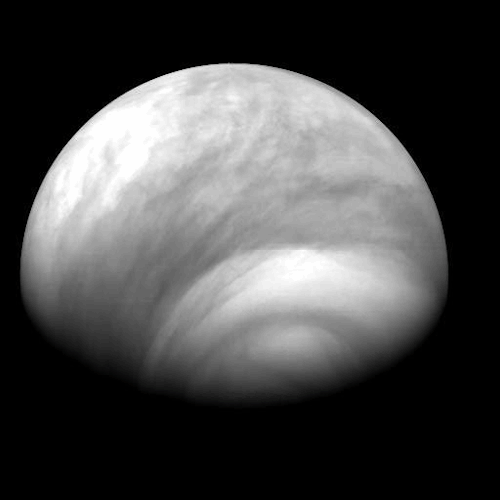
Sequence of Venus atmosphere images taken by the Venus Monitoring Camera (VMC) during the Venus Express orbit in July 2007. The view shows the southern hemisphere of the planet.
Credit: ESA/MPS/DLR/IDA

So NASA won the internet today…
-
 venusearthpassage reblogged this · 7 years ago
venusearthpassage reblogged this · 7 years ago -
 inbetween-shadesofgray liked this · 7 years ago
inbetween-shadesofgray liked this · 7 years ago -
 spacetimewithstuartgary reblogged this · 7 years ago
spacetimewithstuartgary reblogged this · 7 years ago